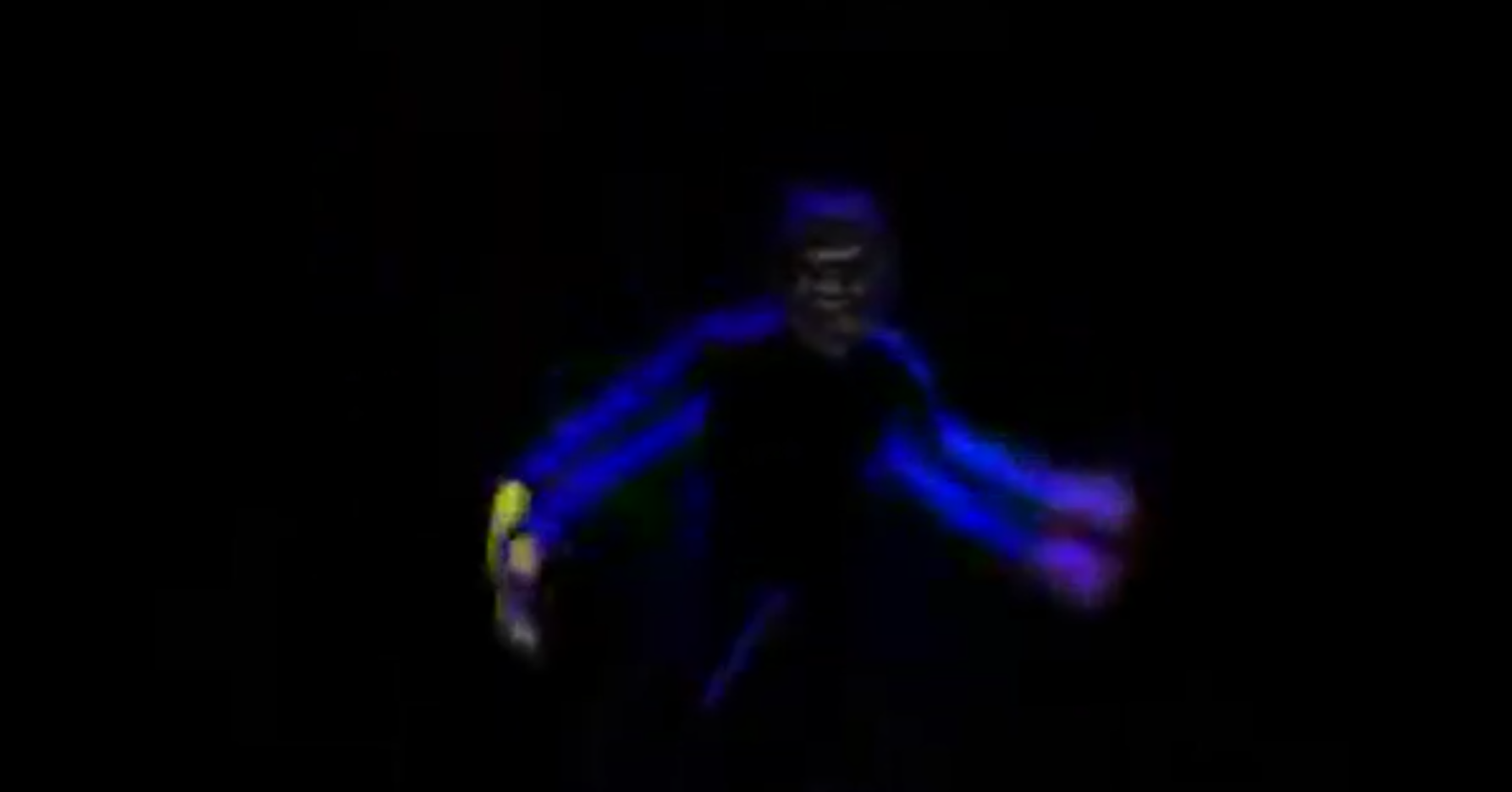
Frame differencing with FFmpeg
I often want to create motion videos, that is, videos that only show what changed between frames. Such videos are nice to look at, and so-called “frame differencing” is also the start point for many computer vision algorithms. We have made several tools for creating motion videos (and more) at the University of Oslo: the standalone VideoAnalysis app (Win/Mac) and the different versions of the Musical Gestures Toolbox. These are all great tools, but sometimes it would be nice also to create motion videos in the terminal using FFmpeg....